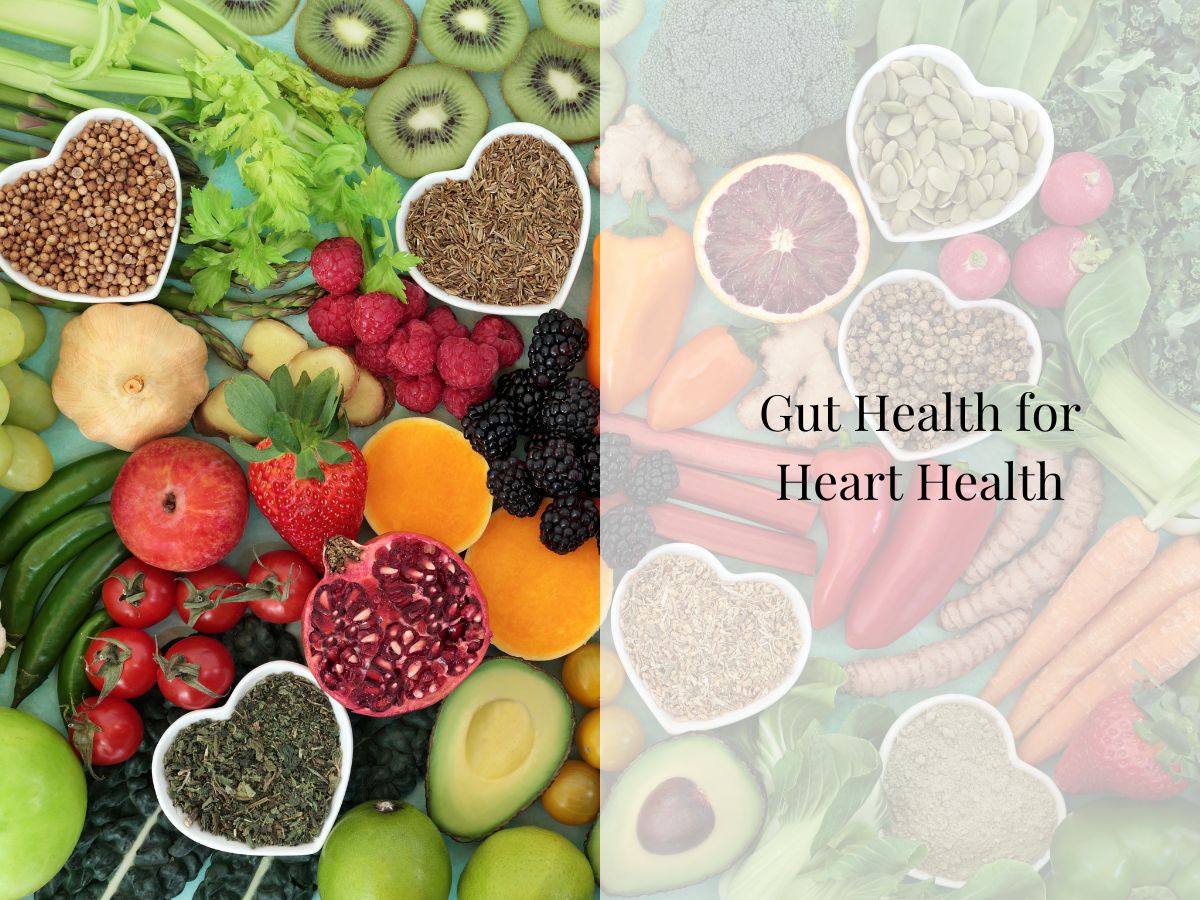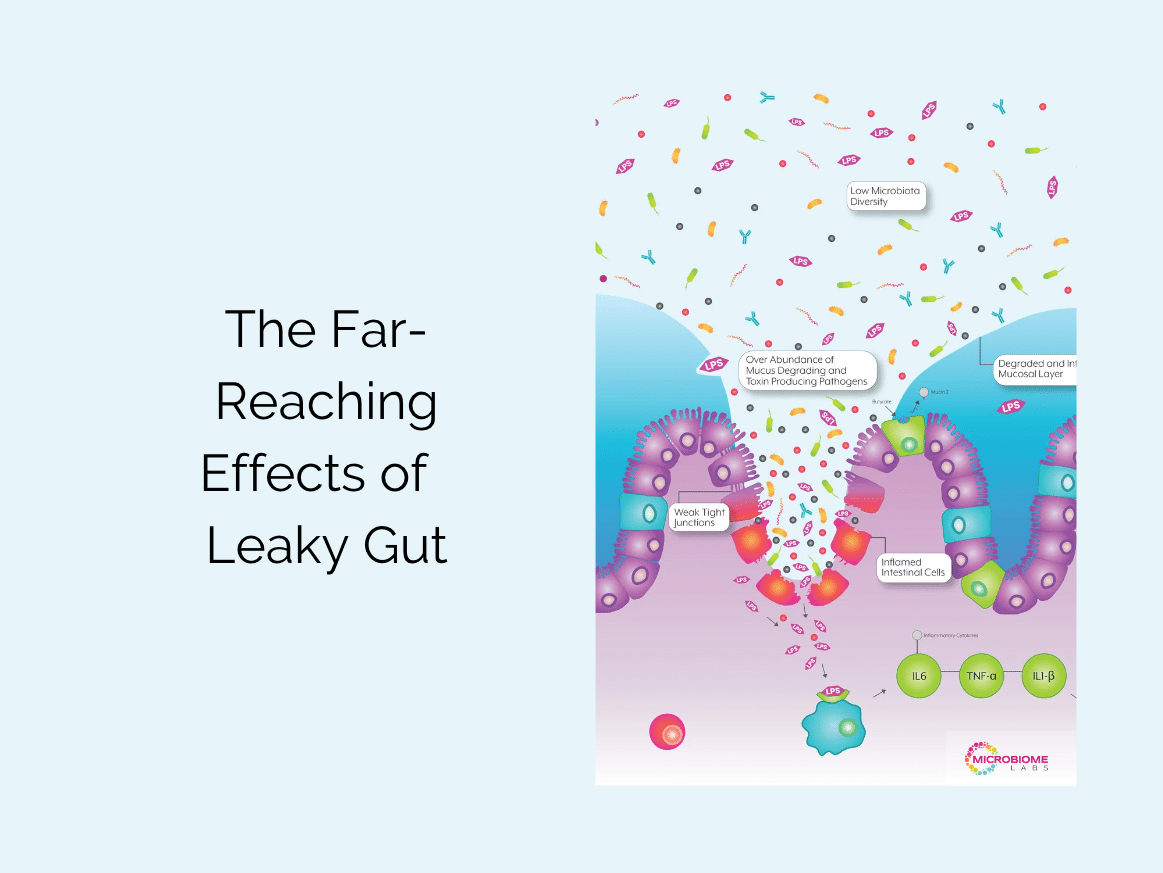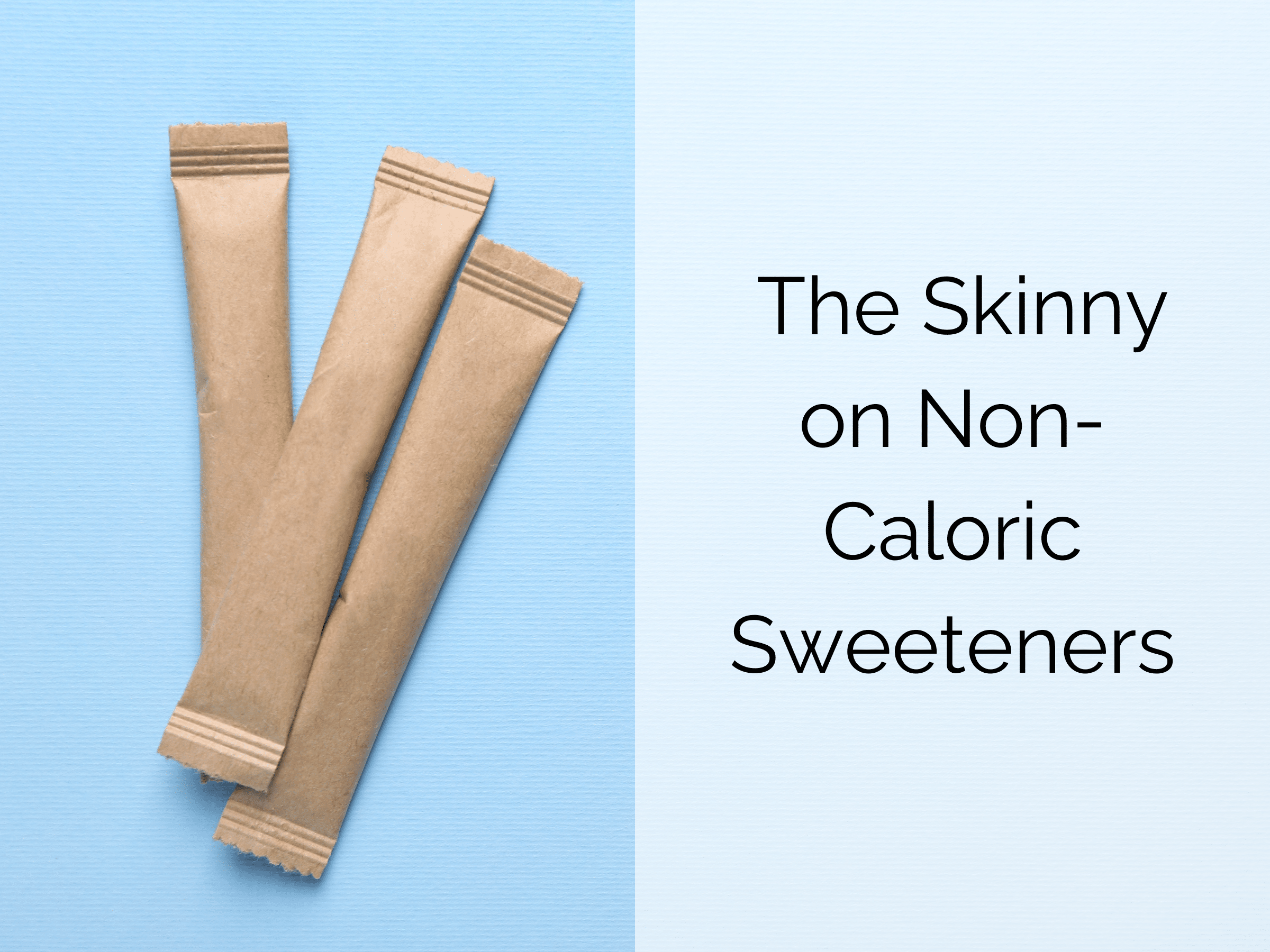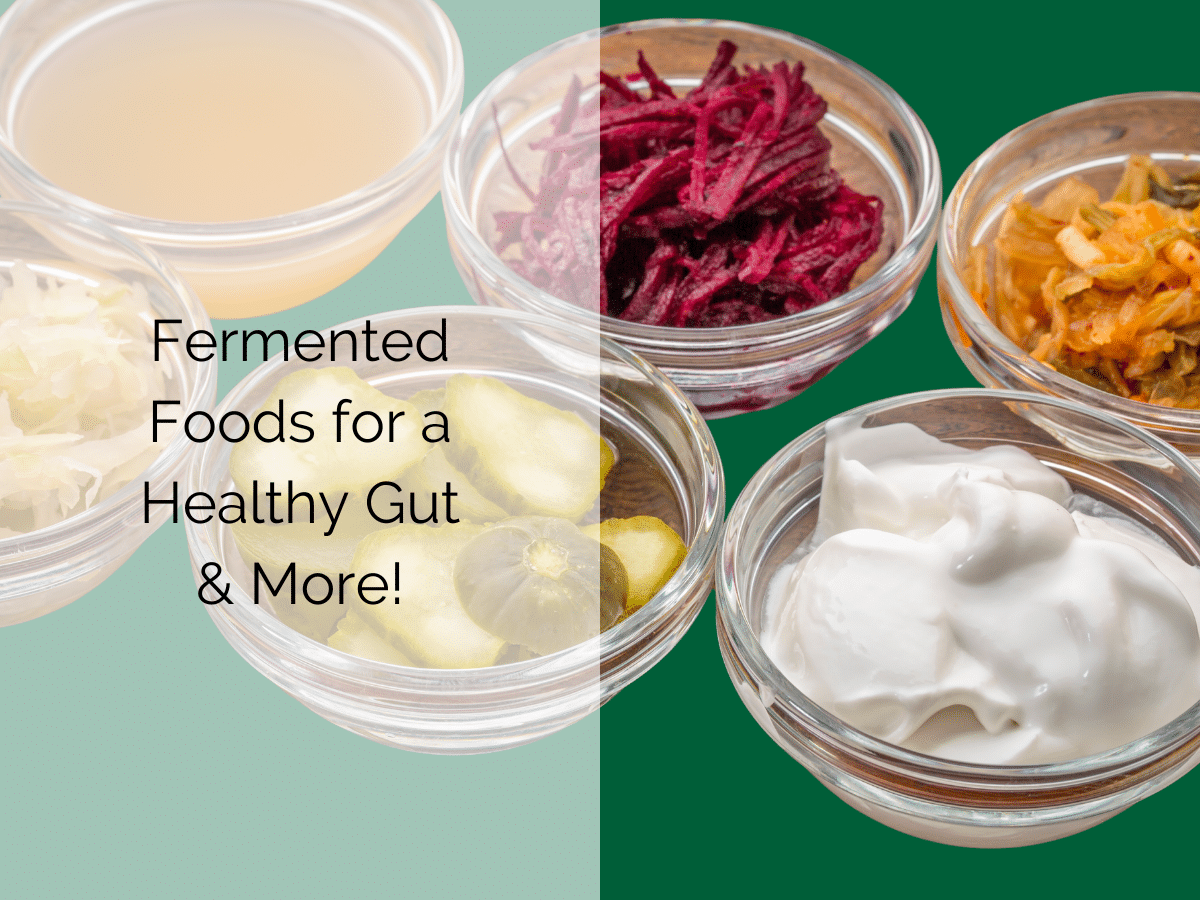

The Perfect Diet: Does it Exist?
You probably already know that nutrition plays a multidimensional role in most chronic diseases, so you might wonder if there is a Perfect Diet?
Each person has different nutritional requirements to keep them healthy based on their genetics, health, age, activity, lifestyle, etc. Many diets will sustain you or keep you alive. But is that really all you’re after?
Your Perfect Diet should do more than just keep you alive, it should allow you to THRIVE.
SPOILER ALERT: There isn’t one Perfect Diet that works for every single person on this planet. That would be impossible!
For example, in my household of just four people, we require 3 different diets to thrive!
- I avoid gluten for celiac.
- My daughter avoids gluten and dairy to manage her IBD symptoms.
- My husband and son avoid shellfish due to an allergy.
Instead of looking for that Perfect Diet, make sure your diet follows 5 Principles to ensure it’s top notch.
These principles are the backbone of the Mediterranean, Vegan, Paleo, Flexitarian, Vegetarian, DASH, Whole 30, and even healthy Keto diets. These principles can even be applied to elimination diets like the low FODMAP diet. In fact, I challenge you to find a healthy diet that doesn’t follow these 5 principles, so let’s dive in.
High in Nutrients
Eat nutrients instead of food groups. Nutrients are split into two categories: macronutrients and micronutrients.
- Macronutrients are the three main substances required in large (macro) amounts in the human diet: protein, carbohydrates, and fats.
- Micronutrients are vitamins, minerals, and other compounds required by the body in small (micro) amounts for normal physiological function.
Plan Diversity
By eating a variety of plants, you will ensure a variety of nutrients! Plants, not animals, are the only source of fiber in our diets. Fiber is an important type of carbohydrate – not for only you, but your gut microbiome.
Fiber gives us that feeling of fullness, helps with detox, assists with digestive motility (poop), and feeds our very important, gut microbiome. Humans cannot break down fiber.
The Gut Microbiome contains trillions of microbes. These microbes are mostly bacteria but also include some viruses and yeast. Ideally, the microbiome should have a very diverse population of microbes, and most of the microbes should be beneficial, with pathogenic (bad) microbes kept to a minimum.
The American Gut Project discovered that eating over 30 different plant-based foods per week is important for a healthy gut microbiome. The gut microbes feast on fiber, which keeps them happy, well-fed, and balanced. A healthy gut microbiome is fundamental for a healthy body.
There are two different types of fiber – soluble and insoluble. Most foods contain a combination of both, but some have higher amounts of one over the other. Both are beneficial for health.
Soluble fiber dissolves in water, acting like a sponge or gel that helps escort excess hormones out of the body along with cholesterol. Soluble fiber can also help lower blood glucose. Foods high in soluble fiber include oats, peeled apples, citrus, beans, and starchy vegetables like sweet potatoes.
Insoluble fiber, on the other hand, does not dissolve in water but helps move food through the digestive tract. Insoluble fiber is usually found in the skins of fruits and vegetables, along with non-starchy vegetables, whole grains, nuts, and seeds. Insoluble fiber is the type of fiber that helps with regularity.
Most Americans are not consuming enough fiber. The recommended intake ranges from 25 to 35 grams per day based on age and gender.
Quality Counts
Focus on eating real foods in appropriately sized portions.
- High-quality foods include unrefined, minimally processed foods such as vegetables and fruits, whole grains, healthy fats, and healthy sources of protein.
- Lower-quality foods include highly processed snack foods, sugar-sweetened beverages, refined (white) grains, refined sugar, fried foods, foods high in saturated and trans fats, and high-glycemic foods such as potatoes.
Balance Blood Sugar
Swings in blood sugar are linked to a variety of symptoms.
- Cravings
- Hunger
- Mood swings
- Fatigue
- Acne
- Hormonal imbalances
- Aging
Here are my top 4 tips for controlling your blood sugar.
- Reduce added sugar. The Nutrition Facts label now requires that added sugar is listed. The American Heart Association recommends < 100 calories/day or 25 grams for women and < 150 calories/day or 36 grams for men.
- Reduce or eliminate processed carbohydrates. If you’ve already reduced added sugar, these are the carbs high in salt and low in fiber.
- Avoid naked carbs! Protect or eat your carbohydrates with protein, fat, and/or fiber to slow the absorption and prevent spikes in blood sugar.
- Eat your veggies first! The fiber from the vegetables coats your intestines to slow the absorption and prevents a spike in blood sugar.
Proper Hydration
Humans are approximately 65 percent water. Your body uses and loses water through most of its work – detoxification, lubrication, temperature regulation, and nutrient absorption.
Proper hydration is the key to unlocking optimal health, but when it comes to drinking enough water, it’s all about absorption.
We’ve all heard of the “8 x 8” rule (to drink eight, eight-ounce glasses of water daily), which is traced back to a government recommendation. The original guideline recommended that 45 percent of those ounces come from food.
Over the years, the recommendation morphed into ounces from only water. But let’s consider the benefits of hydrating with food, which brings us back to plants!
New research indicates that the living form of water in plants may hydrate more efficiently. Hydration from plants is already purified, alkaline, mineralized, full of nutrients, and readily absorbed by your cells. Eating plants with a high-water content can promote deeper hydration.
Bottom Line
The first approach to preventing chronic disease is through food, but there is more than one way to eat a healthy diet. If you are working on improving your health, these 5 Principles should be a daily part of your diet.
If you are already healthy and plan to maintain your health, I recommend the 80/20 rule – follow these 5 Principle 80% of the time and indulge the other 20%.
For meal planning inspiration, try the recipes from my Anti-inflammatory Meal Plan. This meal plan is 75% plant-based and promotes healthy digestion and reduces inflammation.
If this all sounds great, but you aren’t sure where to start, book a free discovery call with a dietitian obsessed with health.
All Our Blogs


Surviving the Holiday Season: A Balanced Approach

The Far-Reaching Effects of Leaky Gut

The Skinny on Non-Caloric Sweeteners

Fermented Foods for a Healthy Gut & More


